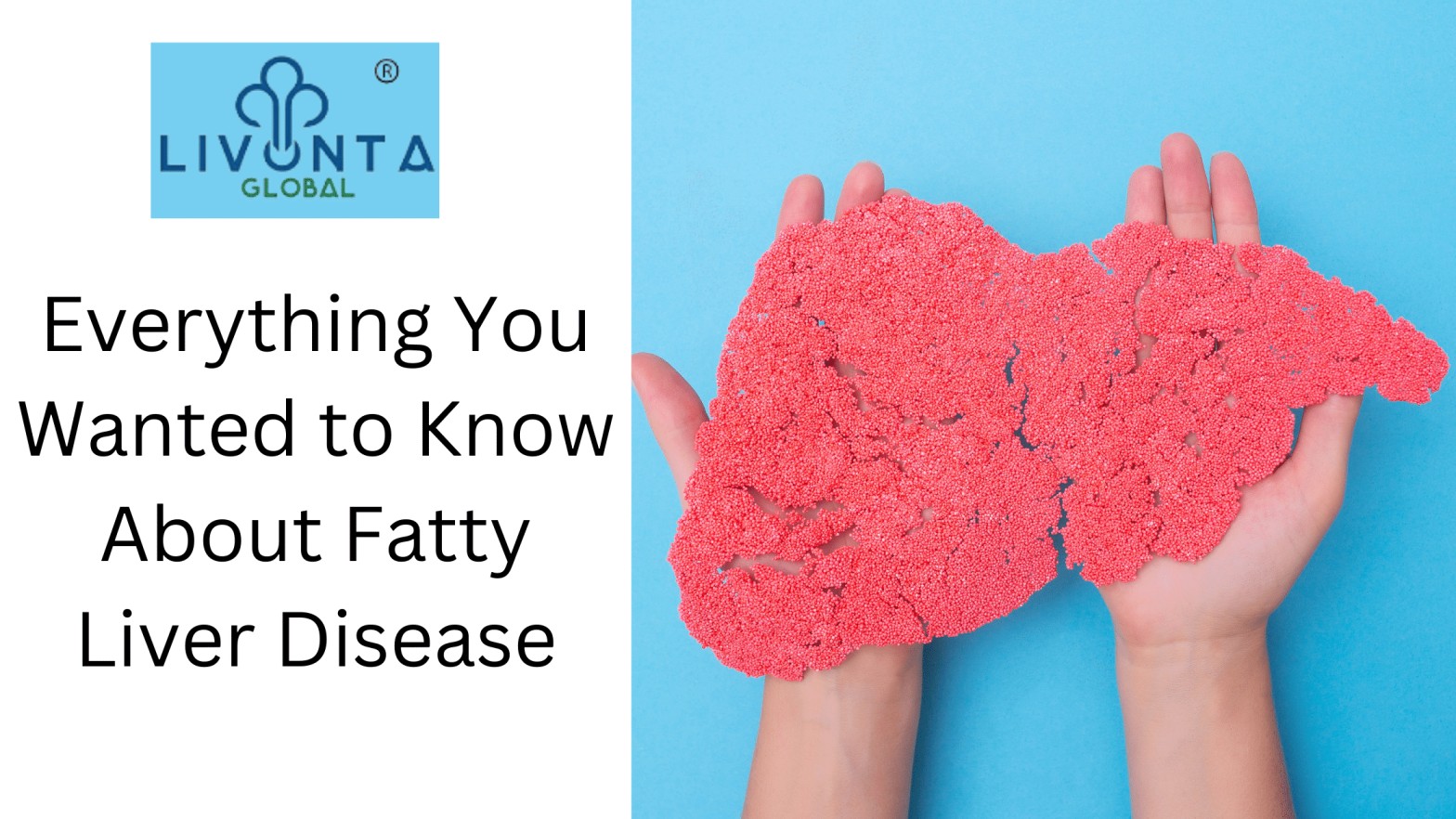
Everything You Wanted to Know About Fatty Liver Disease
According to experts from a renowned liver hospital in India, fatty liver disease is confirmed when fat makes up 5 to 10% of the liver’s weight, making it a relatively common illness nowadays. Along with a number of other conditions, including diabetes, high blood pressure, high cholesterol, and obesity, this condition also develops. Alcohol consumption alone can not always result in fatty liver. This condition is known as non-alcoholic fatty liver disease (NAFLD) and manifests as macrovesicular changes without steatosis or lobular inflammation. Reducing alcohol consumption can stop Alcoholic fatty Liver Disease or ALD. However, regular alcohol consumption can cause cirrhosis, an enlarged liver, alcoholic hepatitis, and ultimately prove lethal by causing liver failure.
Types of Fatty Liver Disease
There are majorly two types of fatty liver disease
Alcohol-induced fatty liver disease
Heavy drinking leads to the development of alcohol-induced fatty liver disease. (One drink per day for women and up to two for males is considered moderate drinking.) This type of liver disease affects about 5% of Americans.
Non-alcohol related fatty liver disease
Non-alcohol related fatty liver disease (NAFLD) affects persons who don’t use large amounts of alcohol. In the US, one in three people and one in ten kids suffer from the illness. The precise cause of non-alcohol related fatty liver disease is unknown. Obesity and diabetes are just two variables that can raise your risk.
Symptoms of Fatty Liver disease
Until the condition advances to liver cirrhosis, people with fatty liver disease frequently don’t exhibit any symptoms. You need to undergo liver transplant in India if liver cirrhosis happens. If you do experience symptoms, they might be:
The upper right portion of the abdomen on the right side of the body feels full or painful (belly).
nausea, appetite loss, or weight loss
Whites of the eyes and skin are yellow (jaundice).
swollen legs and abdomen (edema).
extreme exhaustion or bewilderment.
Weakness.
Reasons for fatty liver disease
When the liver is functioning properly, it eliminates all harmful and undesired substances from the body, but if it isn’t, it can lead to major inside issues. When fatty foods are consumed in excess, the body may produce its own fat or, if fat is not adequately metabolised, it may build up in the liver, which can result in fatty liver disease (NAFLD). Liver failure could result if fat in the liver keeps on accumulating over time and the only way to survive in that case is the liver transplant
The metabolic syndrome and its accompanying diseases, such as obesity, diabetes, and hyperlipidemia, are potential causes of NAFLD. The consumption of specific medications, metabolic storage diseases, inherited diseases like Wilson’s disease, autoimmune conditions like celiac sprue, and changes in diet, such as cutting out certain foods, are some additional causes of fatty liver disease in addition to alcohol and metabolic syndrome. malnutrition, overnutrition, starvation diets, parenteral nutrition, etc.
How is Fatty Liver diagnosed?
Your doctor might identify fatty liver disease as the first person does because it frequently has no symptoms. A red flag may be raised by high liver enzyme levels that appear on a blood test for another ailment. Elevated liver enzymes are a symptom of damaged liver. Your doctor could prescribe the following to make a diagnosis:
To obtain a picture of the liver, use an ultrasound or a computed tomography (CT) scan.
The extent of the liver disease’s progression is determined via a liver biopsy (tissue sample).
To determine the amount of fat and scar tissue in the liver, ultrasonography is occasionally used in place of a liver biopsy.
Tags: Fatty liver causes, Fatty liver disease diet, Fatty liver symptoms

